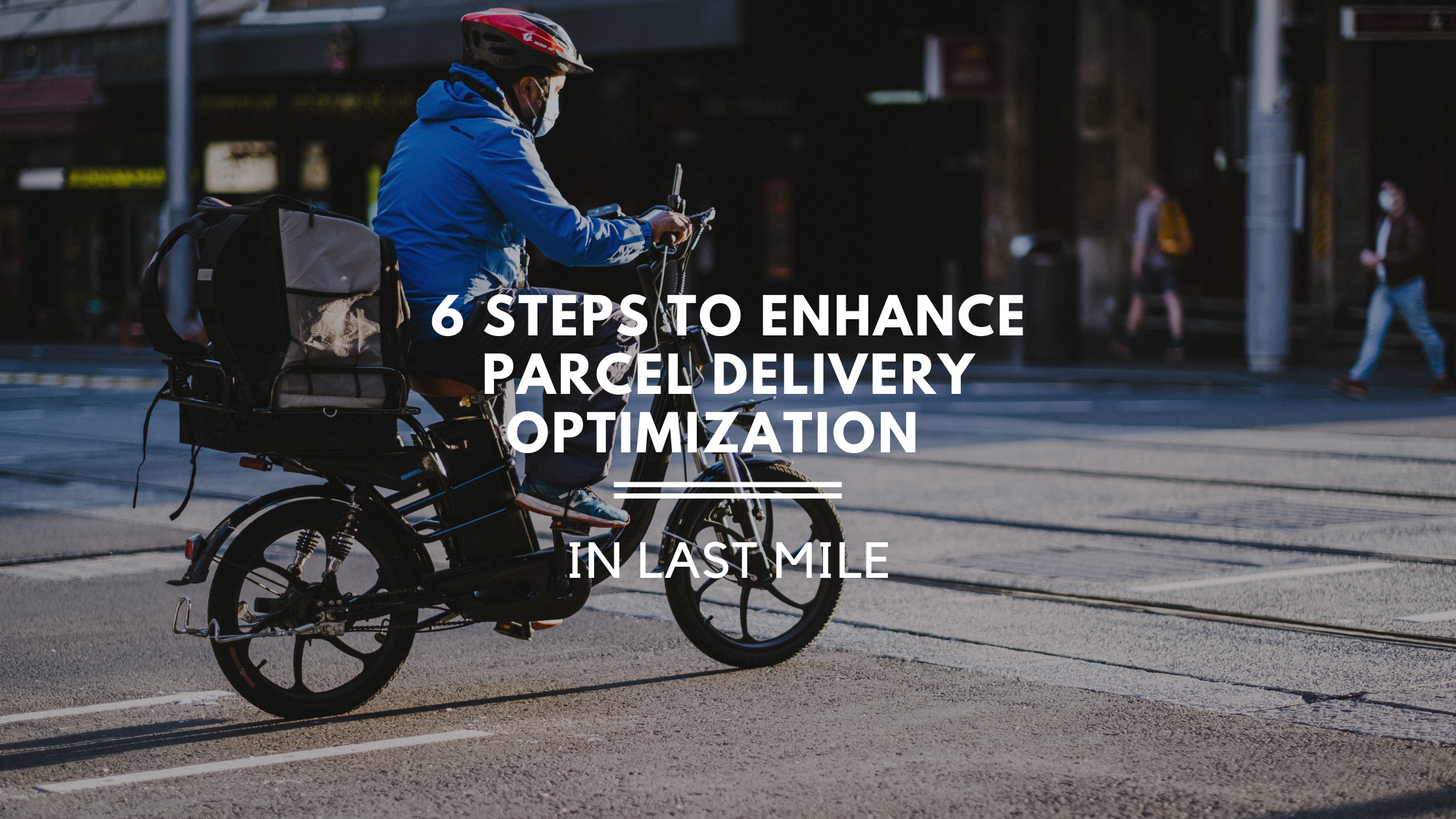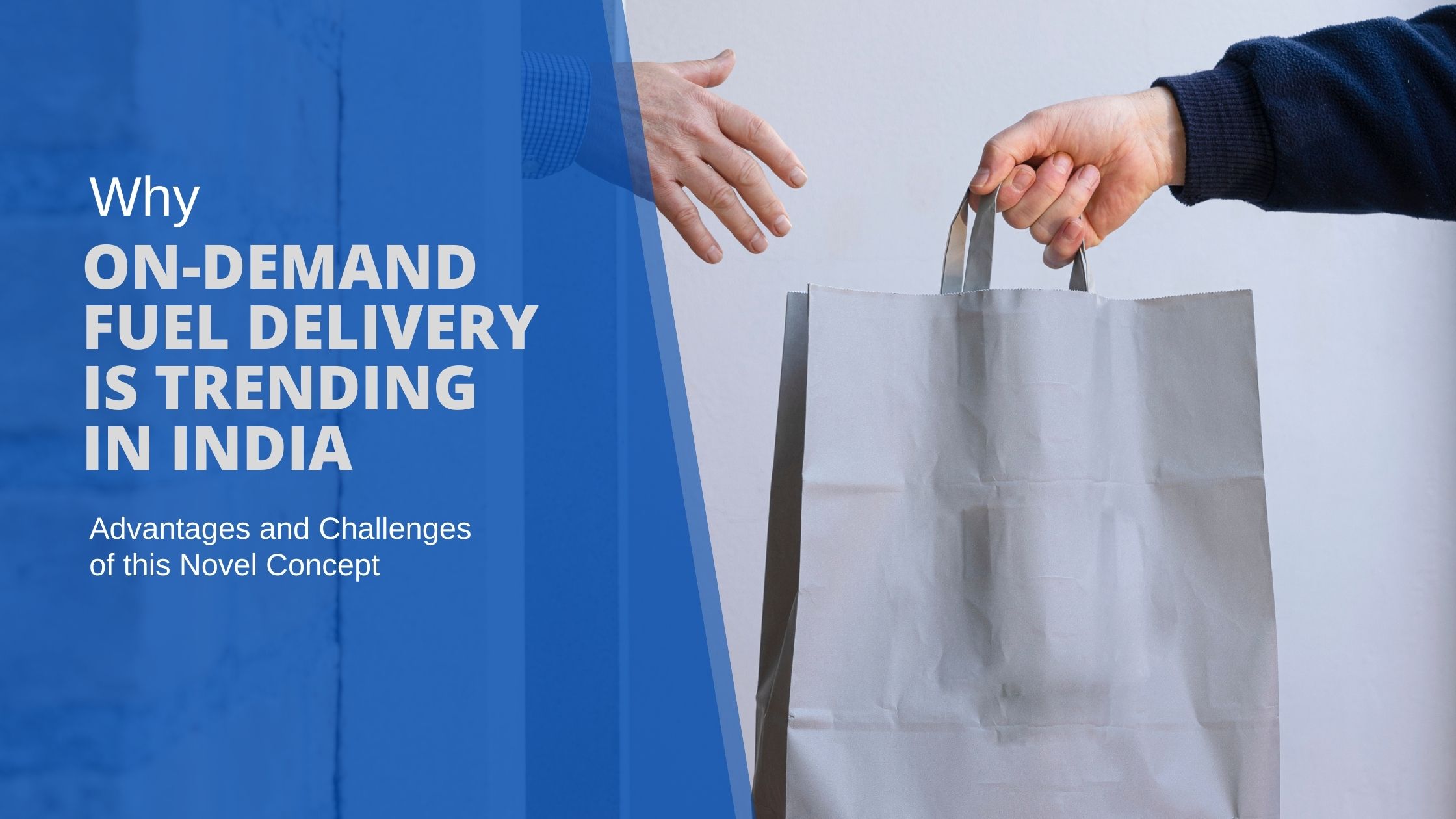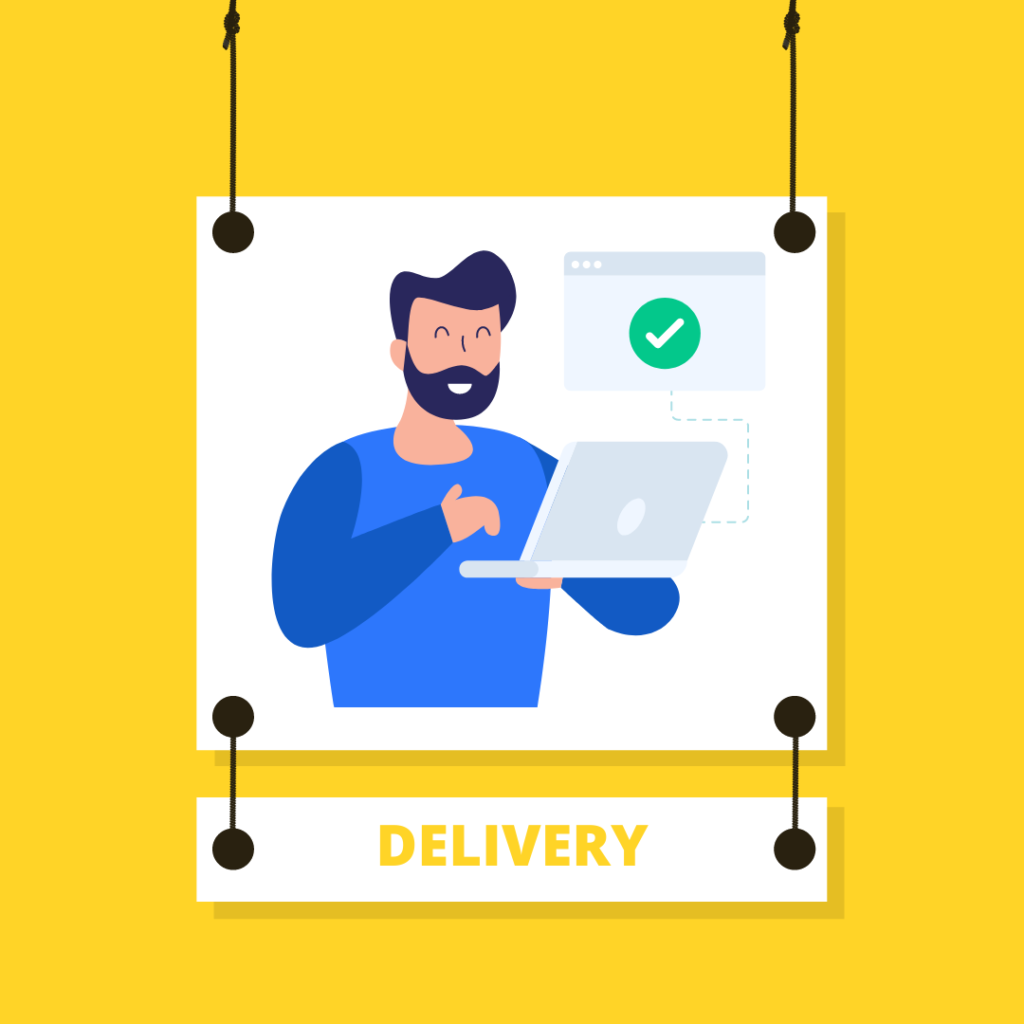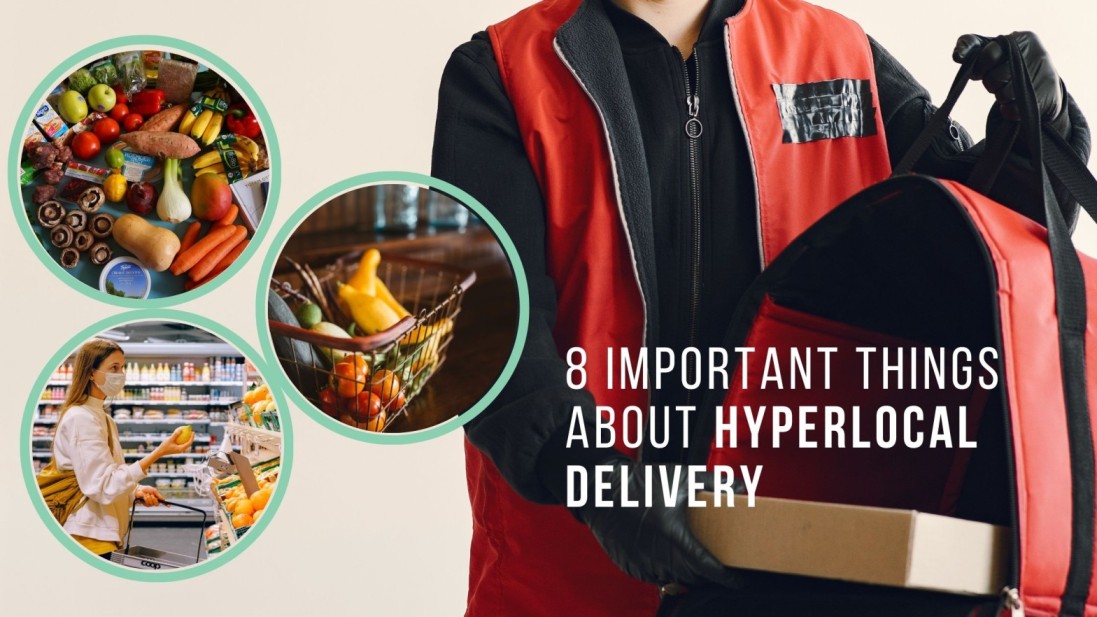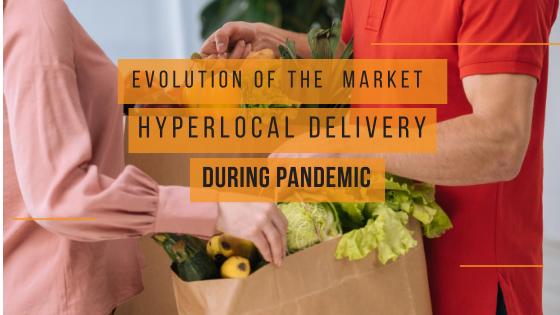
6 Steps to Enhance Parcel Delivery Optimization in Last Mile
Change is driven by technology in practically every industry, and parcel delivery is no exception. Businesses will need to move quickly to be competitive in this ever-expanding, computerized economy. Parcel delivery is no exception: parcel and logistics companies must concentrate on optimizing their efforts for last-mile delivery to be successful.
The question is: where do you start?
Before beginning any delivery optimization process, companies must first determine where their efficiency gaps are and what adjustments will have the most impact on last-mile profitability.
Table of Contents
Parcel Delivery Optimization in 6 Easy Steps
From the time orders are accepted to the time items are delivered, there are six steps that make up a universal process for these businesses.
Orders and tasks should be entered into a centralized system
The initial step, as with most things, is the most crucial. While different parcel delivery firms have varied protocols for how orders and delivery tasks enter their systems, it’s critical that they all wind up in a centralized system and those deliveries that will be assigned to drivers (rather than outsourced to a third party) be clearly noted.
This can be done with the correct technology by uploading a CSV or via an API.
Task Dispatch and Routes should be optimized
When orders and tasks are submitted into the system, it’s vital that the tasks are assigned using the most efficient pathways. Automating this process with competent dispatch software is the only scalable alternative for a large organization that makes thousands, hundreds of thousands, or even millions of deliveries every month.
Inputting jobs and assigning them at the start of the day, before drivers start their shifts, enabling them to see their full route before they arrive at work.
Sort the parcels that have been marked for local delivery
Although third-party logistics companies frequently use local partners to perform their last-mile deliveries, a portion of those deliveries are made by the company itself. These things must be efficiently separated from the rest of the shipments in order to be placed onto the appropriate vehicles and transported to their final destination.
This necessitates the use of specific bar codes that can be scanned to determine which packages are delivered locally and which are assigned externally.

Before loading any items, scan them all
In order to have complete supply chain visibility, the last mile must not be a blind spot in the chain. All items must be scanned before being loaded onto vehicles in order for effective parcel delivery optimization to occur. A central system can track which items are on which vehicles and where they are on their trips in this way.
Customer Engagement and Visibility at the Last Mile
Visibility is thought to be the number one driver of logistics innovation today. In this scenario, visibility can refer to both internal (as indicated above) and external (the visibility a customer has over their delivery).
Customers in the Uber era have come to anticipate a level of visibility that was previously unavailable. One of the most important features of this type of experience is a real-time map accessible by cell phone, which allows the consumer to track the driver’s progress and know exactly when they will arrive. Engagement is also important in this paradigm. The ability to communicate directly with the driver, such as leaving notes such as “don’t ring the doorbell,” reduces friction and improves efficiency.
Have a solid proof-of-delivery procedure in place
With such a high volume of deliveries, it’s critical that verifiable records are retained when proof of delivery is used. This includes requiring a driver to obtain a signature and scan a bar code before leaving the delivery place. This data is then logged and transferred to a central system. If the client claims that the item was not delivered at any time, the corporation has proof.
Enabling last-mile delivery & logistics for E-commerce
Are you looking for a quick way to track orders in real-time, as well as last-mile delivery and e-commerce services? Using the intelligent MIMO application framework, MIMO has efficient end-to-end Transhipment logistics. The framework manages and optimizes last-mile delivery & e-commerce logistics across the entire distribution chain for your back-end functions with transparency and seamless integration.
Successful management of the transportation distribution process is becoming increasingly important nowadays. MIMO Technologies offers a tech-enabled platform to easily transport goods and products and achieve a high degree of precision in e-commerce and last-mile delivery.
Our field officers are qualified to complete deadline-oriented work and deliver it to your customer in India’s most remote locations within pre-determined timelines. More than 14000 field officers serve in various rural and semi-urban areas.
Why choose MIMO for last-mile delivery?
The most critical part of the supply chain business is last-mile distribution. From quick real-time order monitoring and timely updates to smooth delivery, our tech-enabled platform ensures on-time deliveries.
Our team consists of highly skilled professionals who are drawn to deadline-oriented work and can move your products from your warehouse to your customer in the most remote locations within pre-determined timelines.
Like this article?
More To Explore

What Factors Should Organizations Consider Before Outsourcing Their Internal Audit Functions?
+91 1141182211 Outsourcing has become a strategic choice for many organizations looking to streamline operations, reduce costs, and enhance efficiency.

Outsourcing Internal Audit: Evaluating the Upsides and Downsides for Your Organization
+91 1141182211 In today’s dynamic business environment, companies face increasing pressure to enhance efficiency, manage risks effectively, and ensure compliance

A Background Verification Guide: Frequently Asked Questions and Their Answers
+91 1141182211 Background verification (BGV) is a crucial process used by employers to ensure they are hiring candidates with accurate
